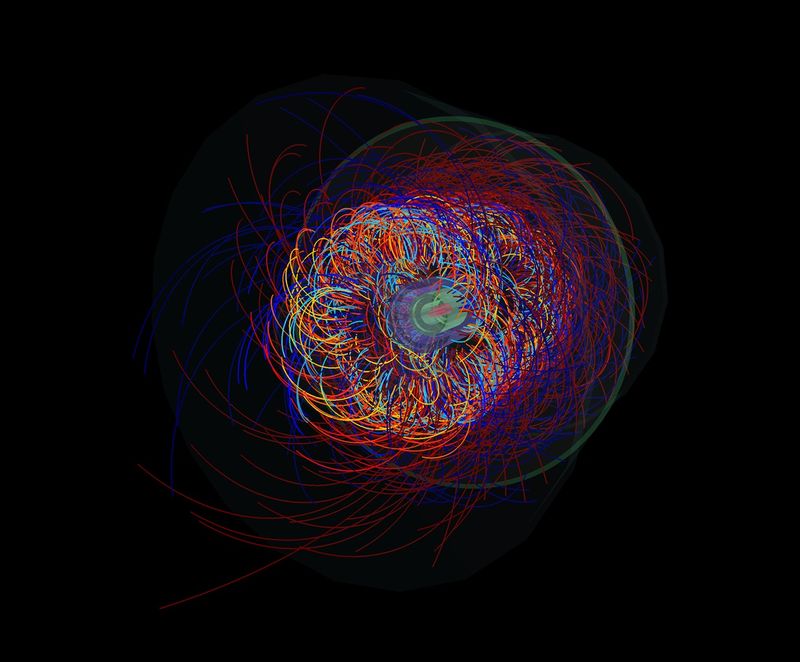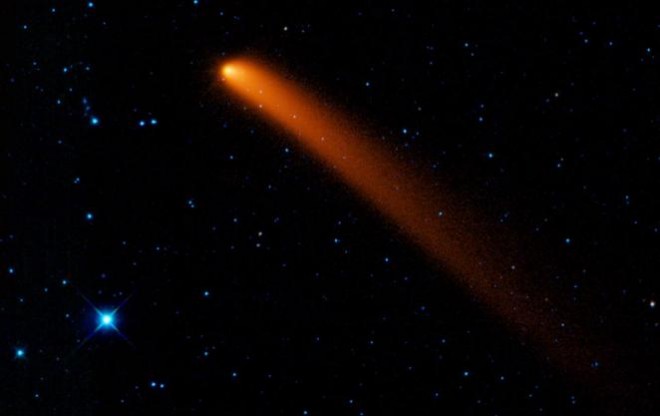
© David Sambells
A recent paradigm-shattering discovery in neuroscience shows how our minds share actions, emotions, and experience - what we commonly call "the monkey see, monkey do" experience. When we see someone laugh, cry, show disgust, or experience pain, in some sense, we share that emotion. When we see someone in distress, we share that distress. When we see a great actor, musician or sportsperson perform at the peak of their abilities, it can feel like we are experiencing just something of what they are experiencing.
Only recently, however, with the discovery of mirror neurons, has it become clear just how this powerful sharing of experience is realized within the human brain. In the early 1990's Giacomo Rizzolatti and his colleagues at the University of Parma discovered that some neurons had an amazing property: they responded not only when a subject performed a given action, but also when the subject observed someone else performing that same action.
These results had a deep impact on cognitive neuroscience, leading the the world's leading experts to predict that 'mirror neurons would do for psychology what DNA did for biology'.
Vilayanur Ramachandran is a neurologist at the University of California-San Diego and co-author of
Phantoms in the Brain: Probing the Mysteries of the Human Mind writes that "Giacomo Rizzolatti at the University of Parma has elegantly explored the properties of neurons - the so-called "mirror" neurons, or "monkey see, monkey do" neurons. His research indicates that any given cell in this region will fire when a test monkey performs a single, highly specific action with its hand: pulling, pushing, tugging, picking up, grasping, etc. In addition, it appears that different neurons fire in response to different actions."
The astonishing fact is that any given mirror neuron will also fire when the monkey in question observes another monkey (or even the experimenter) performing the same action. "With knowledge of these neurons, you have the basis for understanding a host of very enigmatic aspects of the human mind: imitation learning, intentionality, "mind reading," empathy -- even the evolution of language." Ramachandran writes.



